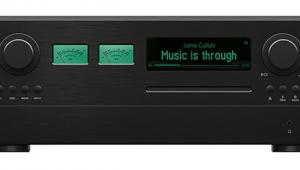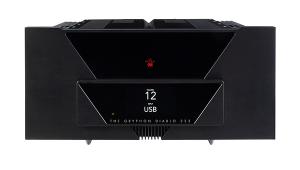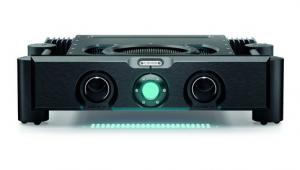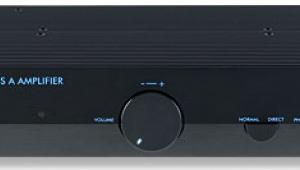Denon DCD-A110/PMA-A110 SACD Player/Amplifier 110 Years And Counting
Denon's 110-year history began in 1910, when American entrepreneur Frederick Whitney Horn, in association with Japanese partners, founded Nippon Denki Onkyō Kabushikigaisha (the Japan Electric Sound Company) to make single-sided discs and gramophones for voice recording. Disc recorders were the mainstay of Denon, as the company became known in the 1930s, for several decades, and its first professional recorder, the transportable twin-deck DR-148, was delivered to Japanese broadcaster NHK in 1939 in time for the ill-fated 1940 Tokyo Olympics.
But a Denon recorder made a very different kind of history when its DP-17K was used to capture Emperor Hirohito's speech ending WWII. After two takes – the Emperor initially spoke too softly, to the consternation of NHK's technicians – the discs were smuggled out of the Imperial Palace, in the face of army opposition. They were broadcast the next day, the first time the Japanese people had heard the Emperor's voice.
By the late 1950s, as the tape and LP era dawned, Denon started making tape recorders, and in 1964 delivered its DL-103 cartridge to NHK. At that stage the focus was still on professional equipment, and the first Denon turntables – and later its inaugural CD player – were designed for studio use. Only in 1970 did Denon begin to make consumer products, and its first integrated amplifier, the PMA-500, arrived two years later. In the same era, it heralded the digital audio age with the world's first eight-track digital recorder. The size of several filing cabinets the machine was, of course, delivered to long-term client NHK.

























































